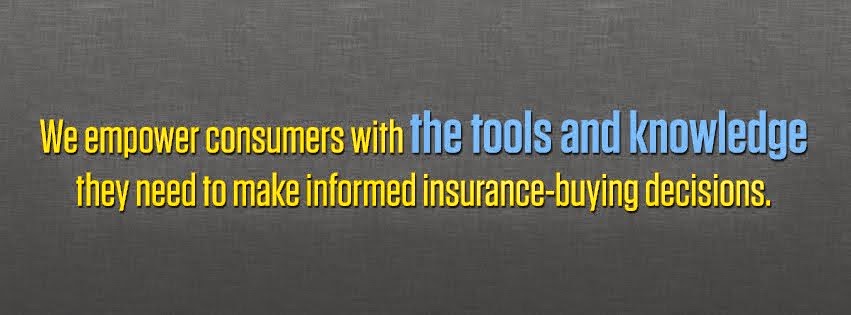I talk to a lot folks about their insurance needs, be they car, home, or business owners, and they all tend to ask me for the same thing – a cheap deal.
Let’s start with the basics, what is insurance? In its most basic form insurance is a transfer of risk. An insurance policy is a contract, where by you, the consumer, become the insured. The insurance company agrees to take the risk that you transfer to them, in exchange of a fee, known as a premium.
The premium is the part of this process most of know well, it’s related to us in the form of a bill that arrives every month or so. Our desire when we shop for a new policy is to get a better rate, or lower premium.
Fair enough, I’m always happy to help my clients and prospective clients save money, and there are many ways to program an insurance policy to make it less expensive, as reflected in the monthly premiums.
Thing is – the PRICE of insurance isn't always the same as the COST of insurance. The price is what we just talked about, the premium, that bill you pay every month. The cost, of insurance is a formula, add your premiums, to your deductibles, plus any uncovered losses, and that is the real cost of your insurance policy.
Now, that’s a bit of a mouthful- so what does it all mean. Well, we know about the premiums, let’s talk about deductibles next.
Deductibles are the amount the risk you are retaining when you buy an insurance policy. If you have a $2000 loss on your car, and a $500 deductible, the first, and it’s key to remember FIRST, $500 used to pay for the repairs will come from your deductible, in other words, your pocket. A higher deductible will mean a lower premium, which is good, but at time of lose; you will need to dig a little deeper.
The last part of that formula was uncovered losses. This is the hard part for me as an insurance professional. Sadly, I see the impact unfortunate choices, mostly when purchasing auto insurance, and how they play out later. Again, focused on premium, state minimum coverage limits are procured. To be sure, such limits can, though not always, make the final premium, less expensive. Once the policy provisions are maxed out, the balance of the loss, will be borne by the insured, you.
In our prior example, your car was damaged, which is a bummer, but in the grand scheme of things, survivable. Now imagine, instead of your car, it was someone else’s car that you damaged, and there are people inside, and they are hurt. These costs can be huge, much more than the state minimums.
What I’m talking about is liability. And to be fair, when you sit down with me to transfer your risk, it’s your liability risk that is first and foremost on my mind. The exposure you have to a liability loss is ever-present, and limited only by the imagination of the lawyer who sues you.
With that in mind, I advise my clients to buy insurance based on these fundamental principles.
1. Mitigate losses to your property – risk management (both personal and commercial)
2. Buy the highest deductible you can afford – this is a personal choice but a good rule of thumb is this question. If you would not put in a claim at that value (i.e. $750) than your $500 deductible is too low, and you should consider raising it.
3. Buy a policy with liability limits as high as you can afford – uncovered liability losses can wipe you out financially, remember what you are buying, a transfer of risk, and transfer as much of your risk as you can.
4. Work with an agent who will give it to you straight – it pays to shop your rate around and get some competitive quotes. You may also find some sales folks willing say just about anything in order to entice you with a lower premium. Find one you trust, willing to lay their cards out on the table for you. Remember the lowest price may not be the best deal for you and your family. It might just be a – cheap deal.
For more information: Sturdevant Agency or Ian Sturdevant

No comments:
Post a Comment